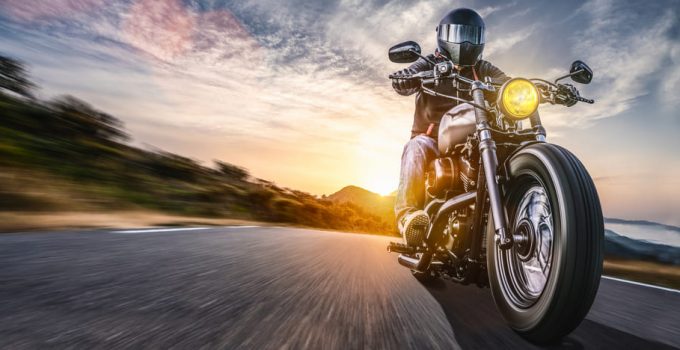
It’s an indescribable feeling of freedom when you’re on a bike. You feel the wind through your helmet and protective gear, and have no desire to access your mobile phone. You are one with the bike and at that moment you don’t want to be anywhere else in the world. Here are some tips to get you on the road.
Learning how to ride
Attend a motorbike safety course. A course gives you the best guidance to learn proper riding technique and safety. This is strongly recommended as a starting point for all beginning riders.
These courses will teach you all the basics, from the controls to the rules of the road. They are designed to get you on your bike and riding in the safest possible way. Most offer Compulsory Basic Training (CBT) and the Theory and Hazard Perception test, which are a requirement to get a licence in the UK.
Practice — shifting gears and riding
One of the most important operations in motorcycling is gear shifting. Mastering this may seem like a challenge, but it’s actually really easy. How your gears work is dependent on what kind of transmission it has – manual or semi-automatic. Remember that practice makes perfect and there are some great places to do just that.
Big box store parking lots, old shopping centres and parks provide a lot of space. Make sure that there isn’t much traffic, so that you can practice riding and gear shifting safely and without disturbing other drivers/riders. If you have a geared bike, it might take you some extra time to get used to the controls. When you practice, make sure you don’t forget cornering.
How do I corner on a bike
Many beginners have great difficulty riding a motorbike around corners. Yet cornering is particularly enjoyable for motorbike fans. With a little practice, you can learn to negotiate corners and curves safely. You should find an open space, such as an unused car park to learn to corner on a motorbike. Under no circumstances should you do this in moving traffic.
First ride a short distance straight ahead and then ride in a circle at a low speed. Ride this circle several times and increase the speed continuously. When you do this, you may think that you have to lean more into the curve at a higher speed. With a little practice, however, you will get a feel for it relatively quickly. Next, do the same exercise – but the other way round. Almost every motorcyclist has a side that suits them better. Probably training to ride curves will soon seem quite boring to you. However, this should not stop you from continuing to learn — only when you have good control of your motorbike in the curves and corners will you enjoy riding later on.
Is riding a motorcycle dangerous
A motorbike stands for freedom, sport and passion — but risk is always involved. Riders are often not even aware of many everyday dangers, but the figures speak for themselves: motorcyclists are involved in serious accidents many times more often than other road users. Here are the six biggest dangers of motorcycling and how you can protect yourself from them.
Be visible – wear high-visibility jackets or colourful clothing. Don’t wear black, especially at night and at dust. Turn on your lights so that you are easily seen, and try to avoid blind spots whenever possible. Finally, always be ready to brake. Don’t rely on your right of way and be ready for possible mistakes by other drivers.
Wear protective clothing — a helmet is not enough. Good clothing and appropriate equipment are a must for safe riding. Protective clothing prevents serious injuries and abrasions and also protects against rain, cold, insect bites or minor cuts from rocks or gravel. The right clothing such as boots with good ankle protection, and a helmet, should be a matter of course.
Get the right bike — it s important that you have a good handle on your machine. Choose a model that suits your stature and experience. A big, heavy motorbike with a lot of horsepower is not the right choice for every rider.
Be aware of dangerous traffic situations — intersections and crossings are some of the most dangerous traffic spots, because this is where you and your two-wheeler meet other vehicles – such as cars and lorries. At these places it is especially important to ride with caution. Many stretches of road are equally risky. These include stretches with poor road conditions such as potholes or cracks in the asphalt, but city traffic with high curbs also has its dangers.
Be mindful of your environment — sudden shifts in the weather can also lead to problematic road conditions. An unexpected rain shower can lead to wet roads or hydroplaning. Slippery road surfaces can also occur in dry conditions. Asphalt, gravel, and in autumn – leaves and fog banks – can also lead to dangerous situations.Do not overestimate yourself — riding a motorbike is a sport — and you should be aware of that at all times. It is important that you feel mentally and physically fit to safely control the motorbike. If, for example, you did not get enough sleep the night before or suffer from other ailments, you may want to reconsider riding that day.


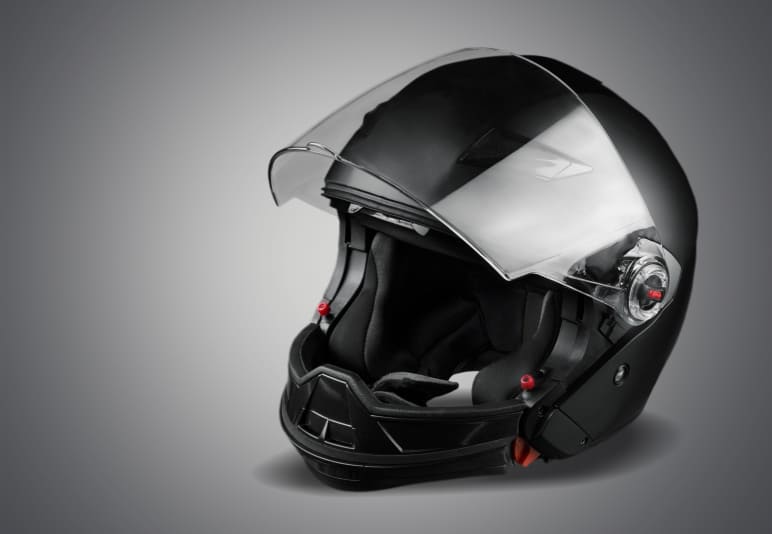
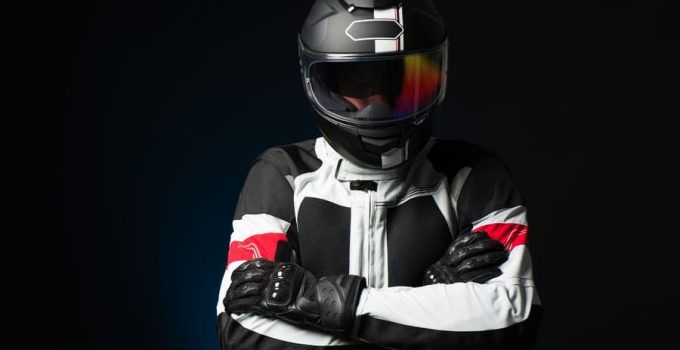
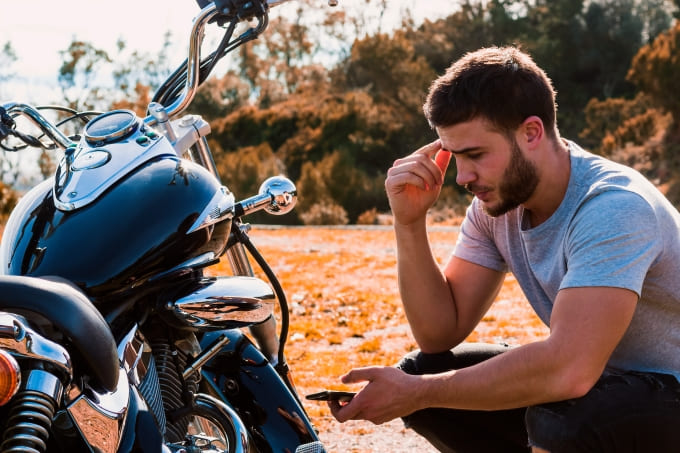

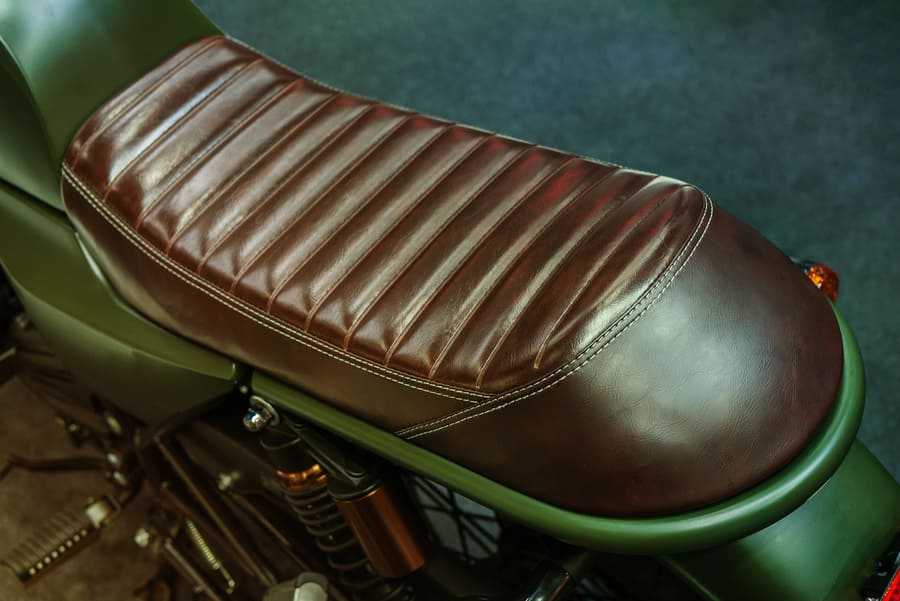
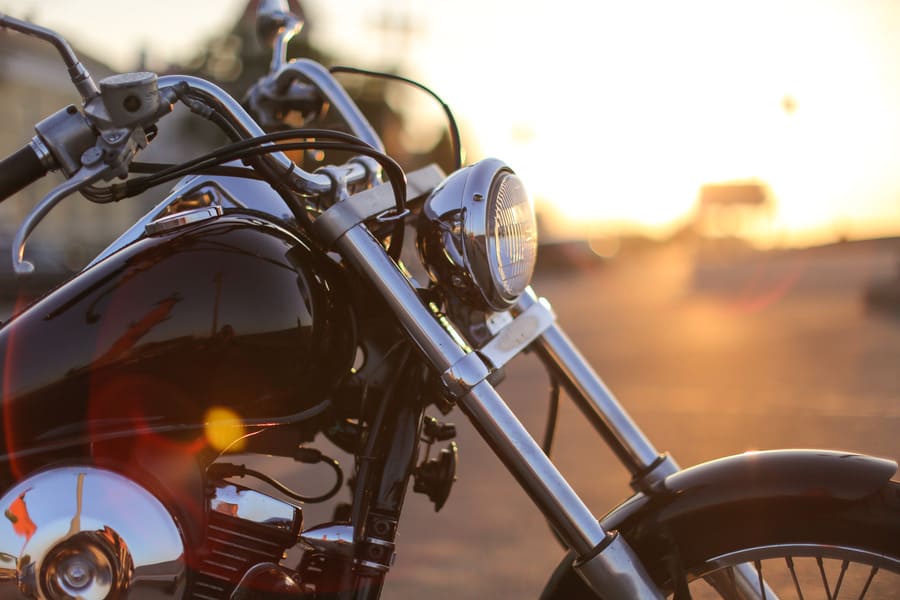
Comment